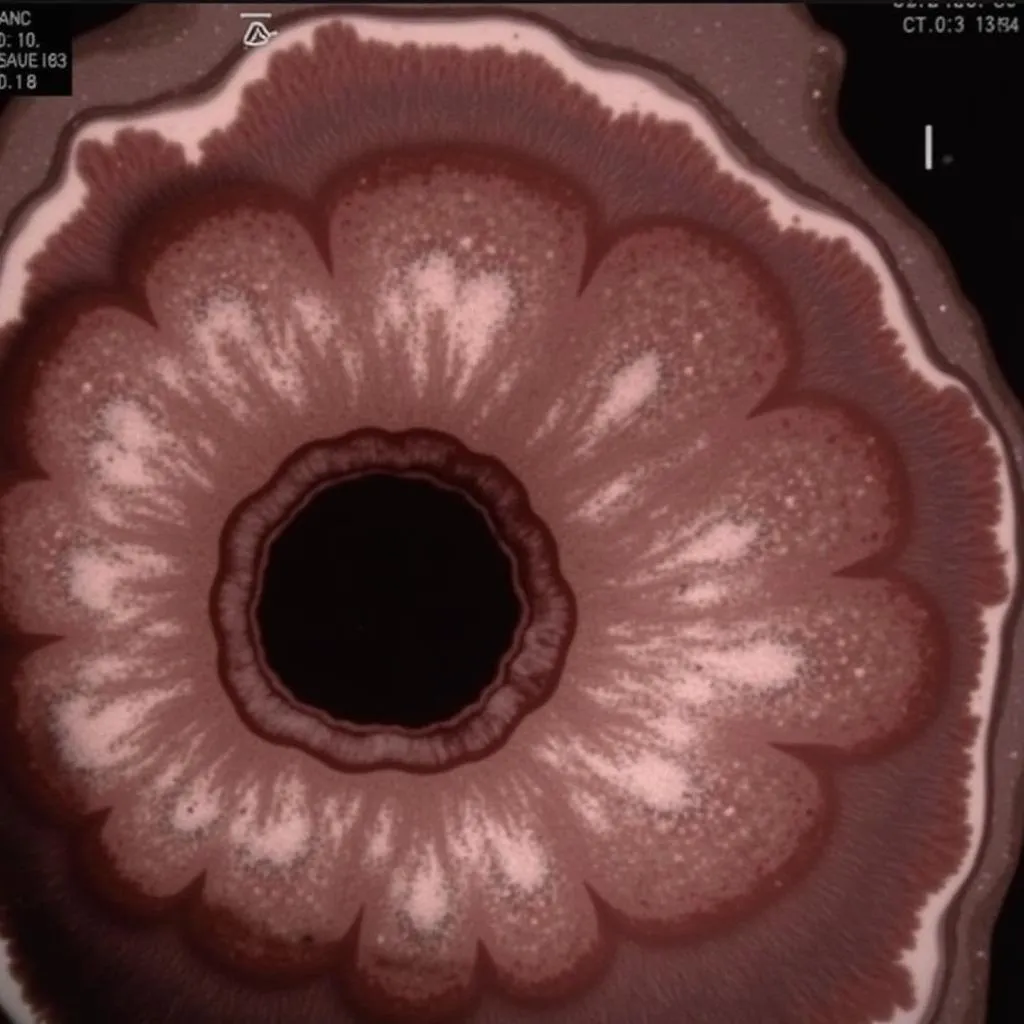Decoding the mysteries of your ultrasound results can be a daunting task, especially when they’re presented in a language you don’t fully comprehend. Fear not, fellow football fans! We’re here to break down the jargon and translate those ultrasound results into plain English, making them as clear as a penalty kick in the final minutes of a match.
Understanding Ultrasound Results: A Goal in Plain English
Ultrasound imaging uses sound waves to create images of your internal organs and structures. These images can help doctors diagnose a range of conditions, from pregnancy complications to kidney stones. But deciphering those medical terms can feel like trying to understand the offside rule.
Key Terminology for Decoding Your Ultrasound Results
Let’s get down to the nitty-gritty of ultrasound language. Here’s a breakdown of some common terms you might encounter in your report:
- Echogenic: This term describes tissues that appear bright white on an ultrasound image. It’s often used to describe structures that are dense, such as bones or tumors.
- Hypoechoic: This term describes tissues that appear darker on an ultrasound image. This can indicate a fluid-filled structure or a tissue with less density than surrounding tissues.
- Anechoic: This term describes structures that are completely black on an ultrasound image. This usually means that sound waves have passed through the structure without being reflected back, indicating a fluid-filled area.
- Heterogeneous: This term describes tissues that have a mixed appearance, meaning they have both bright and dark areas. This can be normal for some organs, or it can indicate an abnormality.
- Homogeneous: This term describes tissues that have a uniform appearance, meaning they are all the same shade of gray. This is usually normal for most organs.
Common Ultrasound Findings and What They Mean
Here are some common findings you might see in your ultrasound report and what they might indicate:
- Thickened Endometrium: This finding suggests that the lining of your uterus is thicker than normal. This can occur due to various reasons, including pregnancy, hormonal imbalances, or certain medical conditions.
- Fluid Collection: This finding can indicate a cyst or another fluid-filled structure. Depending on its location and size, it may require further investigation.
- Enlarged Lymph Nodes: Enlarged lymph nodes can be a sign of infection or inflammation. They are often associated with colds, flu, or other illnesses.
- Abnormal Tissue Growth: This finding can be a sign of a tumor or other abnormal tissue growth. It’s important to note that not all abnormal tissue growth is cancerous.
Dr. Emily Smith, a leading ultrasound specialist, shares her insights:
“Ultrasound results are essential for diagnosis and treatment planning. While some terms might seem complex, it’s important to understand their significance. Don’t hesitate to ask your doctor for clarification if you have any questions about your results.”
Key Points to Remember:
- Always discuss your ultrasound results with your doctor. They can provide a complete interpretation and address any concerns you might have.
- Don’t rely solely on online resources for interpreting your results. It’s essential to seek professional medical advice.
FAQ
- What are the limitations of ultrasound imaging? Ultrasound imaging cannot always detect all types of abnormalities, especially small tumors or conditions that are obscured by bone or other dense tissues.
- Are ultrasound results always accurate? While ultrasound is a reliable imaging technique, it can sometimes have limitations. Factors like operator skill, patient position, and the specific condition being investigated can influence the accuracy of the results.
- Do I need to translate my ultrasound report into English? If you’re comfortable reading English, you can try to translate the report yourself using resources like online dictionaries. However, it’s always best to consult your doctor for a clear and accurate explanation of your results.
Conclusion
Ultrasound imaging is a valuable tool for diagnosing various medical conditions. By understanding the key terminology and common findings, you can better understand your results and work with your doctor to ensure your health and well-being. Remember, understanding your health is a team effort, and your doctor is your best resource for interpreting your ultrasound results.

